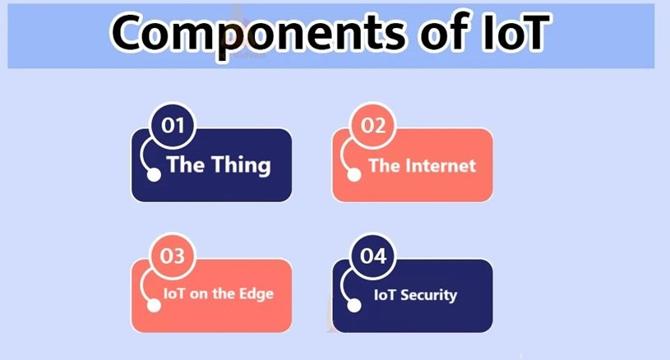Iotbyhvm
4w
8

Image Credit: Iotbyhvm
Components of an IoT Application
- The fundamental components of an IoT application are the Internet and the Thing, which work together to enable the functionality of IoT devices.
- The 'Thing' in IoT refers to devices interacting with the physical world, often small, low-power computers with limited processing power.
- IoT devices are characterized by low power consumption, small computing capability, and sensors and actuators for data collection and environment changes.
- Examples of IoT devices include smart thermostats, smartphones, smart lights, wearable devices, and motion-activated systems.
- The Internet component enables communication between devices, applications, and cloud-based services in IoT applications.
- Cloud services in IoT provide security, data processing and storage, and connectivity to applications for IoT devices.
- IoT devices connect to the Internet using methods like WiFi, wired connections, and mesh networking such as Bluetooth and Zigbee.
- Edge computing in IoT allows local processing, providing faster processing, offline functionality, and enhanced privacy and security.
- Security is a major concern in IoT applications due to vulnerabilities like weak authentication, unsecured connections, and malware attacks.
- Improving IoT security involves measures like strong authentication, data encryption, network isolation, and 'air-gapping' to protect data privacy.
Read Full Article
Like
For uninterrupted reading, download the app